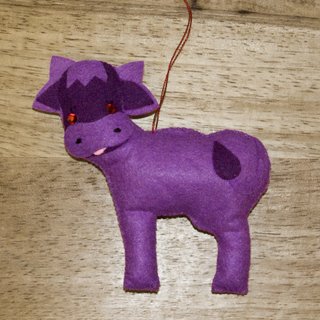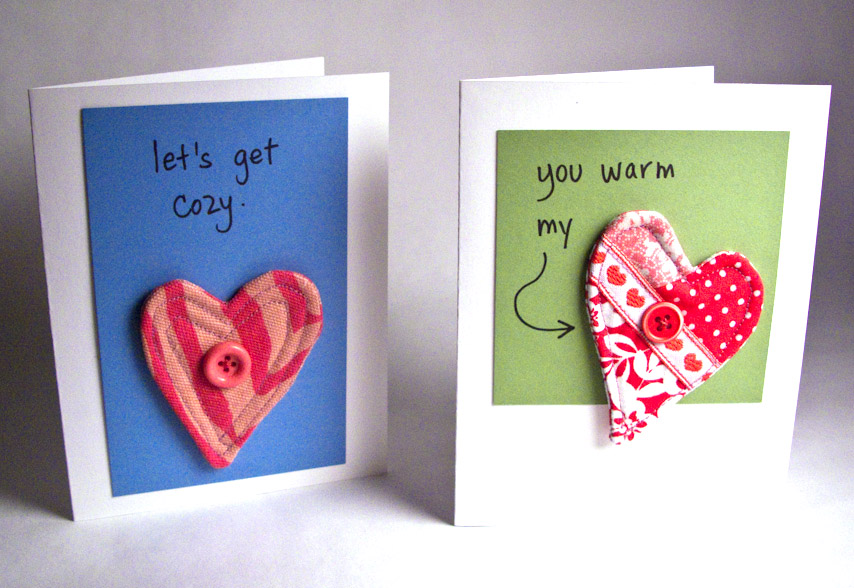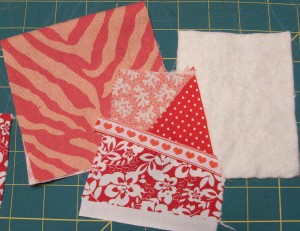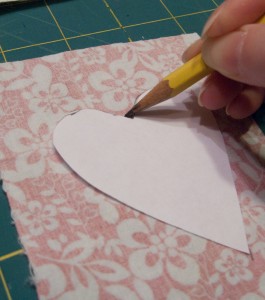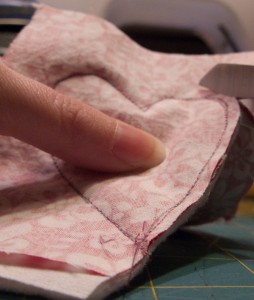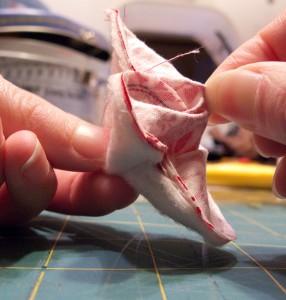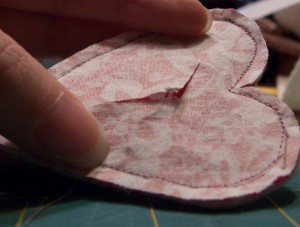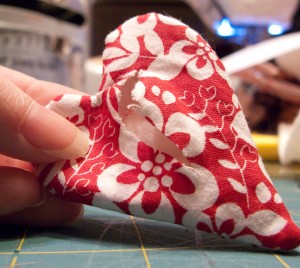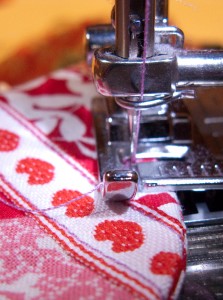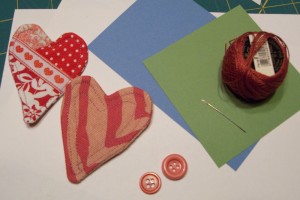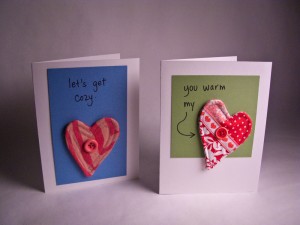
I had a comment with lots of questions about felting and so I thought I would just answer in a post and share with everyone.
I love all of your crafts but I am really interested in wet felting slippers and am wondering if you could recommend a place to purchase good roving to use?
In Minneapolis, you want to go to the Fiber Studio. Pam, the owner, is super nice and she also sells on etsy and mail orders. Maybe more important than where you get your wool, is what kind of roving you get. I recommend Corriedale for beginners. Corriedale is the kind of sheep that the wool comes from, it’s not a brand name or company. Corriedale is a nice soft fiber, but it is a little coarser than merino and it is much easier to felt if you are just starting out. It is what I use with all of the kids & beginner classes that I teach because it is so reliable. Make sure that your fiber does not say “superwash” or “washable”. Those are treated so that they will not felt.
Also, how many ounces does it take to do a pair of slippers?
That’s a little hard to say, because it depends on what you are doing – how thick they are, how big you are making them (kids or adults, short or bootie style). I would guess that somewhere between 3-4 oz would probably be enough.
I just tried my first pair and it was a disaster. Not all of the wool I used felted.
I am so sorry! You might have had a mix of wools that didn’t all felt the same. When you start out, I would try to make sure you have all the same kind of wool – different colors are fine, but get all Corriedale or all merino. I taught a class once with some beautiful mystery fiber – all but one color in the mix felted really well and the navy blue didn’t felt at all. It was really discouraging and my students were patient but frustrated.
I did one color for the inside and another for the top and the top just fell off when I tried to remove it from the resist!
I am guessing this is because your piece started to felt before it was completely assembled. This is really common in my beginner classes, so don’t feel bad! Two things are probably happening:
1. When you first start assembling your slippers (or any other felt shape) you have to handle the wool really gently. You can wrap it around your resist, get it wet, add layers etc, but you don’t want to do anything to agitate it until you are completely done building up the layers. Agitating would be anything that involves squishing, patting, rubbing, kneading, or smooshing the wool. If you have agitated the bottom part of your slippers so that they have started to felt and then you try to add another layer on top, they will not “stick” together no matter what you do. What happens when you are felting is that the individual fibers shrink, curl up and lock together. Once that “felting” has started, there is nothing for the next new layer of fibers to grab on to because everything has already grabbed on to something else. The way to fix this is to make sure that you have every layer and all the parts of the slipper completely assembled around the resist before you do any agitating. You will want to pat and rub the fibers in to place, resist the urge!
2. If you add your layers of wool too much at a time, sometimes it doesn’t want to be friends with the other wool. Thin layers are the key. Add a thin layer of wool, add a mist of soapy water. Repeat many many times. Thin layers means that you should be able to see through it. Spread the dry fibers out so they are like a thin sheet before you add them to your slipper.
For more great step-by-step help, check out this book:
Feltmaking by Chad Alice Hagen
Chad is a fantastic teacher and she knows her stuff. This is my “go to” book for wet felting. She has a lot of steps (like making your olive oil soap solution) so it seems a little involved, but trust me. Follow her instructions the first few times until your fingers learn what they are doing, then you can start to experiment. The olive oil soap “slime” is worth every minute of the effort, especially if you are making something big.
Hope that helps!

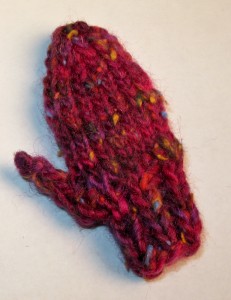 To enter, leave a comment and tell me:
To enter, leave a comment and tell me:




